As three black vultures circle overhead, a group of expert and rookie ornithologists trained their binoculars toward a tree along their path.
A Vermilion flycatcher. Two more barn swallows. Female house sparrows. Species names fly about as rapidly as the tiny, feathered creatures themselves.
Eight bird watchers set out at 8 a.m. Monday on the monthly Cibolo Nature Center Bird Survey to record species, and the numbers spotted, in and around the Nature Center’s more than 160 acres.
Patsy Inglet is project leader for the first Monday bird count by habitat at the Nature Center.
“We’re counting birds but we’re recording them in four different habitats, to see what is using each habitat,” Inglet said of the prairie, woodlands, small marsh, and the riparian area along Cibolo Creek.
“The purpose of this count is to evaluate what we’re doing in property management in the different habitats, some of which we have no control over, such as how much rain (we receive), or water is in the marsh,” she said.
“We get a snapshot each month of what’s using what, and that gives us a pretty good overall look at what the birds need,” she added.
Most of the birds frequenting the nature center habitat on a hot August morning are what she called “resident birds,” as opposed to the migratory birds who frequent the area each spring and fall.
“April, May and June are our migratory times. We get a lot of birds that are just passing through, feeding,” she said. “The wet spring gave them a lot of water, a lot of food.
“But right now, we’re seeing mainly resident birds. The birds that are here all year and breed here, so that’s basically what we see in August,” she added.
Inglet takes seven others on a three-hour trek along the six miles of trails around the Nature Center each month.
“If you get too big a group, it’s counter-productive,” she said. “Some are regulars, others sign up online, when there’s an opening. We’re happy to have anyone who wants to come, for anyone at any level.”
One such regular is Nancy Kerr, a Texas Master Naturalist from Pipe Creek, who said birding has become a passion for her.
“I love being outdoors and in nature. I’m not very good at spotting, but I’m getting better,” Kerr said. “I’m training my ear … Sometimes your ear works better than your eyes. But these people (in the group), they are just experts. I’m somewhere between beginner and intermediate.”
She is able to detect the yard birds around her home and said she continues to learn from Inglet and the others.
“My favorite bird is a yellow warbler,” she said. “I’ve seen them here and I’ve seen them where I live in Pipe Creek. He’s just beautiful. He’s all yellow, with little red stripes on his breast. And he sings -- he’s my favorite.”
The group soon spots a raven flying out of the woodlands.
“See that wedge-shaped tail? And that big, big beak? What he’s doing is checking for nests,” Inglet said. “He will eat the eggs and the baby birds, if he can find them, (The others), if they see him, they’ll mob him and try to get him out of the area.”
As soon as any member of the entourage spots a bird or movement in the trees, a half-dozen binoculars quickly are aimed in the direction of that movement or sound.
Goldfinches, mockingbirds, house finch, and barn swallows. White-eyed vireos. Carolina wrens. Cardinals. Sparrows. Even a robin, a Purple Martin, and an oriole. Inglet logs all the species, and the numbers seen, into the Merlin bird ID app, developed by Cornell Lab of Ornithology.
“You can hold your phone up, record a sound, and it will give you what it thinks it is. You have to listen and compare what they say, and what you heard,” she said.
Using the app allows for shared results and species tabulations.
“All this data that we’re gathering,” she said, “not only goes to the people who did the survey but also to the Cibolo Center for Conversation, and to Ithaca, New York, to Cornell labs, so they know what’s going on with our bird populations, too.”
The day proves productive, yielding 42 species observations from among the 370 birds tallied all morning.
“To spot (that many) species on a hot, dry August day was very good,” she said. “There were lots of Lesser Goldfinches feeding off the seed crop. And several Least Flycatchers.
“The last bird was the Yellow- throated Vireo (pair) seen at the water feature off the back porch,” she said. “It was very cool to see them well and close.”


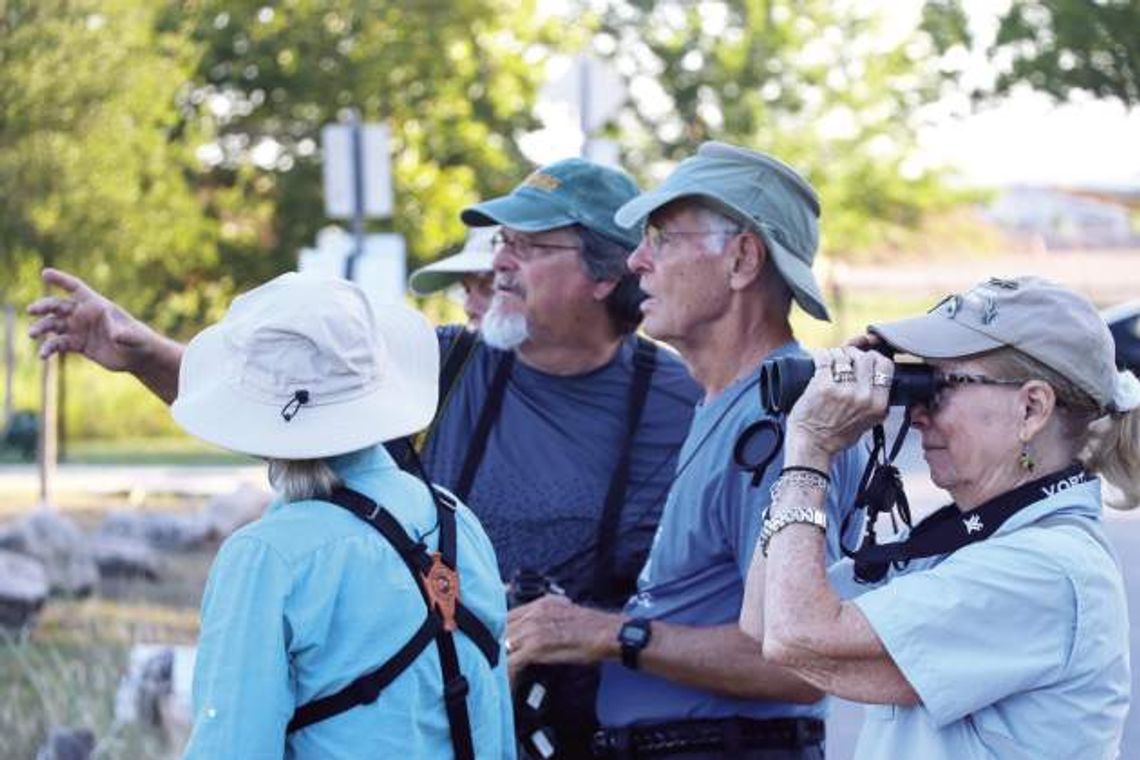
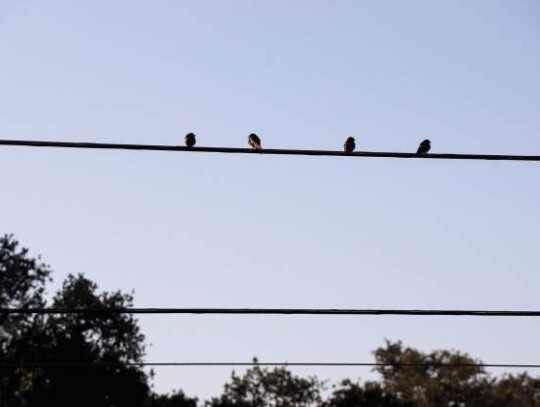
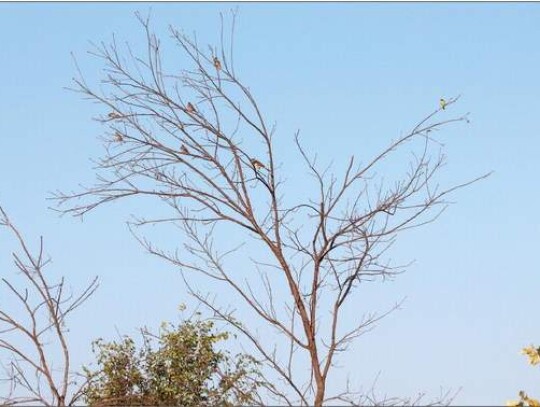
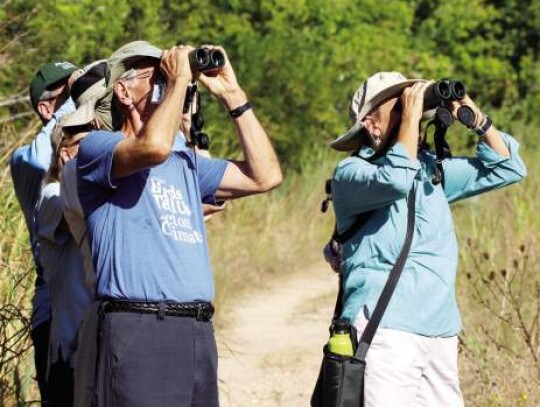
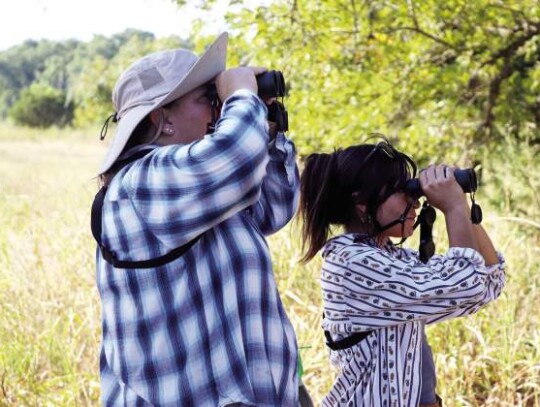



Comment
Comments